Moroccan Discovery
For authors of historical fiction, research is a time consuming, but critical element that lends authenticity to their work. Some hate it while others are completely absorbed in the wonders of tracking down nuggets of information or in stumbling upon unknown, exotic locations. While doing research for Casablanca: Appointment at Dawn, I found just such a place and fell in love. GoogleMaps, Google, and GoogleEarth saved me the time and expense of traveling half way around the globe by revealing the perfect location to send my hero and heroine when they were tracking down a double agent who had fled Casablanca in fear for his life.
El Jadida is an old port city 80 km south of Casablanca on the Moroccan coast. Mazagan, as it was once known, was founded by the Portuguese in 1506 and the city retains much of its European character in its old Portuguese medina. Due to the blending of cultures and architecture, El Jadida’s Portuguese Fortified City of Mazagan was named a UNESCO World Heritage Site in 2004 and is still often referred to as the Cité Portugaise.
When the Portuguese were forced by Sultan Sidi Mohammed Ben Abdullah to abandon their last Moroccan colony in 1769 , they destroyed parts of Mazagan, including the Governor’s Bastian. The city lay virtually deserted for many years becoming known as al-Mahdouma (The Ruined). Moroccan Mazagan was renamed El Jadida – ‘The New’ – after being resettled, partly with Jews from Azemmour, in the nineteenth-century by Sultan Abd er Rahman. Under French colonial occupation, El Jadida grew into a large administrative center and popular beach resort.
The old Portuguese Medina portion of the city (Mazagan) retains much of its historic character with its city walls, narrow lanes, churches, arched gates, fortress, and underground cistern, a popular tourist attraction. Built by the Portuguese in 1514, the cistern is believed to have served originally as an armory or warehouse. In the 16th century, it was converted into a cistern by the opening of a large hole in the domed ceiling. Rainwater poured through the hole and was preserved underground to provide for the city’s inhabitants. The cistern now attracts tourists to its famous water covered floor. The combination of undisturbed water and sunlight pouring through the hole in the roof onto the floor below create a mirrored surface that in turn reflects the dome’s arches and support pillars. It is a beautiful and exotic location.
 Today, El Jadida is a busy tourist, shipping, and industrial area. In 2008, the Salon du Cheval d’El Jadida was inaugurated and draws lovers of fine Arabian horses from all over the world. Looking at the website, it appears to have something for everyone. There are horsemanship displays with bands of riders in traditional dress, dressage events, conformation judging events, and auctions. El Jadida moves toward the future while preserving its past and heritage.
Today, El Jadida is a busy tourist, shipping, and industrial area. In 2008, the Salon du Cheval d’El Jadida was inaugurated and draws lovers of fine Arabian horses from all over the world. Looking at the website, it appears to have something for everyone. There are horsemanship displays with bands of riders in traditional dress, dressage events, conformation judging events, and auctions. El Jadida moves toward the future while preserving its past and heritage.
El Jadida, Morocco is definitely on my bucket list! And it seems I’m not alone in my Moroccan crush. This fall, high fashion designers are agog for all things Moroccan as can be observed on the Yahoo fashion link below.
Horse show link: http://salonducheval.ma/
Pinterest board for Casablanca: Appointment at Dawn featuring scenes from Morocco and photographs of Operation Torch (Nov. 1942) and the First Allied Conference at Casablanca in Jan. 1943: https://www.pinterest.com/lindabennettpen/casablanca-appointment-at-dawn/
https://www.yahoo.com/style/ysl-tory-burch-dries-van-184524539.html
Gallery
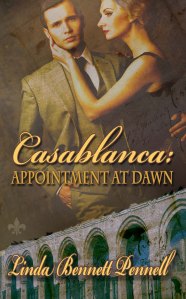
Will 7 days be enough to save the Casablanca Conference and the girl he loves? http://amzn.com/B0121Q6S88 http://www.barnesandnoble.com/w/casablanca-linda-bennett-pennell/1122378249?ean=2940150767867 https://store.kobobooks.com/en-US/ebook/casablanca-appointment-at-dawn
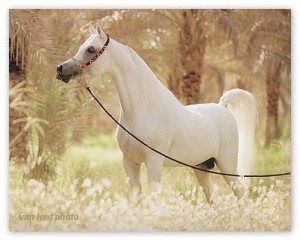
Purebred Arabian stallion – note the perfect conformation: dished face, strong graceful neck, low withers, short back, smooth muscles, high tail carriage – a true equine king!

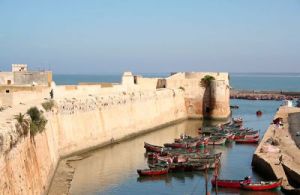
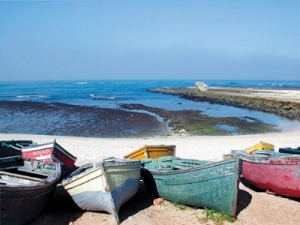
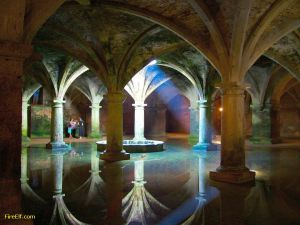

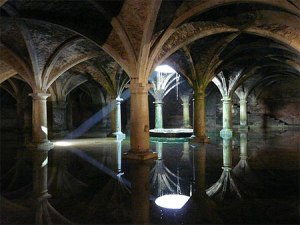

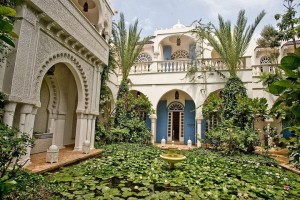
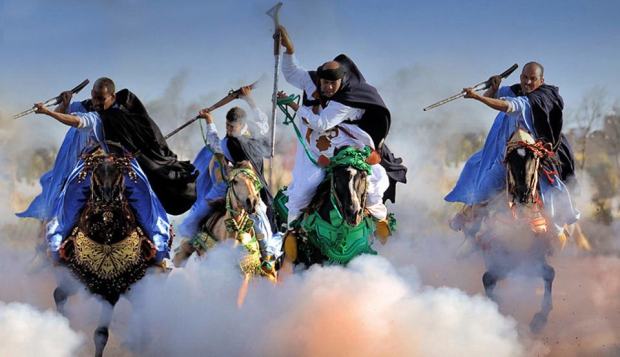


Linda, the pictures are stunning! And not just because I love horses. The Moroccan architecture is magnificent. No wonder you used this backdrop for your book. I hope you can someday mark it off your bucket list and then come back here and tell us your first-hand experiences.
LikeLiked by 1 person
So many wonderful places to travel, so little time! Me, too, Becky!
LikeLike
Wow! Wonderful pictures and interesting architecture. Never knew that much about Morocco. Thanks for enlightening me. No wonder you used that for the backdrop of your book. I Love horses and enjoyed all the pictures immensely. Regal steeds. Good luck with your book, Casablanca Appointment at Dawn!
LikeLiked by 1 person
Thanks, Tena! Never knew that m,much about Morocco either until research sent me there, at least via the internet!
LikeLike
Wonderful pictures! Those horses and riders are amazing.
LikeLike
Yes, I’m a lover of fine horses. The photographer for the Salon de Coeval did a great job. We once bred horses, but not anymore. Too much work, expense, and time!
LikeLike
Gorgeous pictures, Linda!
LikeLike
Thanks, Jana. I wish I could take credit for them. The photographers did great jobs, didn’t they?
LikeLike
What beautiful photos you found and the information you gave us was terrific! I love researching, too! I can imagine how impressive the horsemanship is that is pictured!
LikeLike
Thank you, Barbara! I would LOVE to go to the Salon du Cheval one day.
LikeLike
Do visit Morocco. As your post showed, its history blends Arab, Berber, African and European influences. More than that, Moroccans are wonderful, friendly, hospitable people.
Madeleine McDonald, author of the romance Enchantment in Morocco.
LikeLiked by 1 person
Madeleine, if you have been there, then I am green with envy!! Sounds like you have, so would love to hear more of your thoughts on Morocco. Thanks for dropping by!
LikeLike